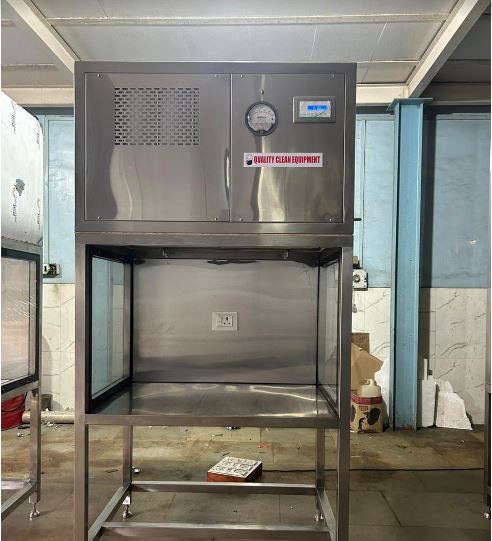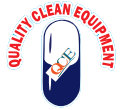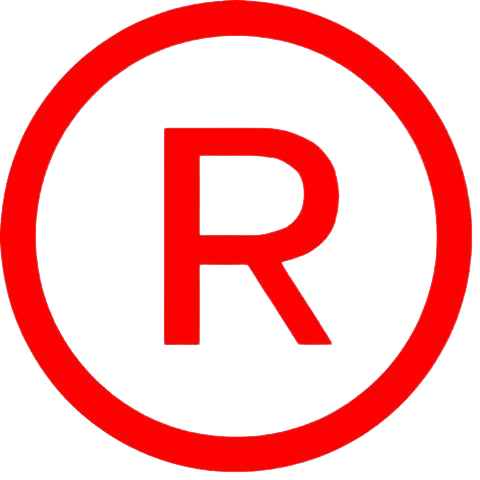
Vertical Laminar Air Flow (VLAF) is a controlled environment system used in various industries, especially in laboratories and cleanrooms, to maintain a sterile and particle-free workspace. It ensures that a consistent flow of filtered air moves vertically downward over a work surface, minimizing the risk of contamination and providing a controlled environment for tasks that require precision and sterility.
Here are the key features and components of a Vertical Laminar Air Flow system:
- Airflow Direction: As the name suggests, the airflow in a VLAF system moves in a vertical direction, typically from the top of the unit down to the work surface. This prevents particles and contaminants from being carried upward and away from the sterile area.
- Filtration: VLAF systems incorporate high-efficiency particulate air (HEPA) or ultra-low penetration air (ULPA) filters. These filters remove particles as small as 0.3 micrometers in size, ensuring that the air delivered to the workspace is exceptionally clean.
- Work Area: The work area is a horizontal surface within the VLAF system where tasks requiring a clean environment are performed. This area is often equipped with a protective grille or transparent barrier to prevent direct contact with the airflow.
- Sterility: VLAF systems are used in applications that demand a sterile environment, such as cell culture work, microbiological research, pharmaceutical production, and electronics assembly. They minimize the risk of airborne contamination and protect sensitive processes.
- Protection: The vertical airflow creates a “curtain” of clean air that shields the work area from external contaminants. This is particularly important when handling samples, conducting experiments, or manufacturing products that require a controlled environment.
- Personnel: While VLAF systems protect the work area from contaminants, they also serve to protect the operators by directing potentially harmful substances away from them.
- Usage: VLAF systems are commonly found in research and development laboratories, pharmaceutical companies, hospitals, electronics manufacturing facilities, and other settings where a sterile and controlled environment is essential.
- Maintenance: Regular maintenance and filter replacement are crucial to ensure the continued effectiveness of a VLAF system. Filters can become saturated with particles over time and need to be replaced to maintain the required level of cleanliness.
- Validation: VLAF systems are often validated to ensure that they meet the required air cleanliness standards. This involves testing the system’s airflow velocity, particle count, and other parameters.
- Integration: Some VLAF systems can be integrated with other equipment, such as biological safety cabinets or chemical fume hoods, to create a comprehensive controlled environment for various tasks.
Vertical Laminar Air Flow systems play a vital role in maintaining controlled and sterile environments for tasks that demand precision and cleanliness. They are designed to enhance product quality, protect sensitive processes, and ensure the safety of both operators and the products being worked on.
LOCATION:
| VASAI | VAPI | DAMAN | HARIYANA | GOA |
| ANDHERI | BARAMATI | AHMEDABAD | HARIDWAR | RAJASTHAN |
| THANE | NASHIK | KOLKATA | SIDDCUL | UDYAPUR |
| TALOJA | DAHEJ | CHENNAI | SIKKIM | HYDERABAD |
| PALGHAR | SURAT | BENGALURU | INDORE | TURBHE |
| BOISAR | VADODARA | BADDI | UTTAR PRADESH | HINJWADI |

